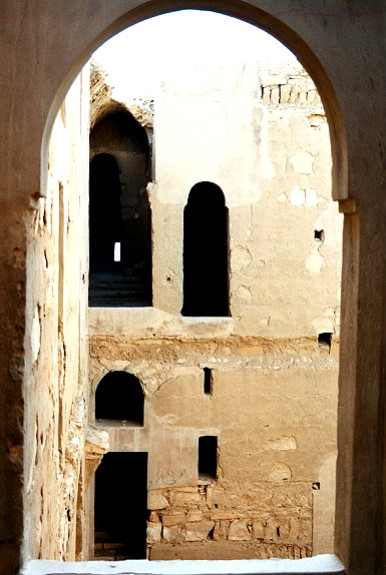




Stretching east of Amman, the parched desert plain rolls on to Iraq and Saudi Arabia. This is a place where endless sand and barren basalt landscapes give proof to man’s ability to thrive under harsh conditions. The discovery of flint hand-axes in this desert indicates that Paleolithic settlers inhabited the region around half a million years ago. But the most remarkable remains of human habitation are the palaces built by the Damascus-based Umayyad caliphs during the early days of Islam (seventh-eighth centuries CE). During the height of the Umayyad dynasty, architecture flourished with the cultural exchange that accompanied growing trade routes. By 750 CE, when the Umayyad dynasty was overthrown by the Abbasids of Baghdad, a richly characteristic Muslim architecture was evolving, owing considerably to the cosmopolitan influence of builders and craftsmen drawn from Egypt, Mesopotamia and elsewhere throughout the region.

